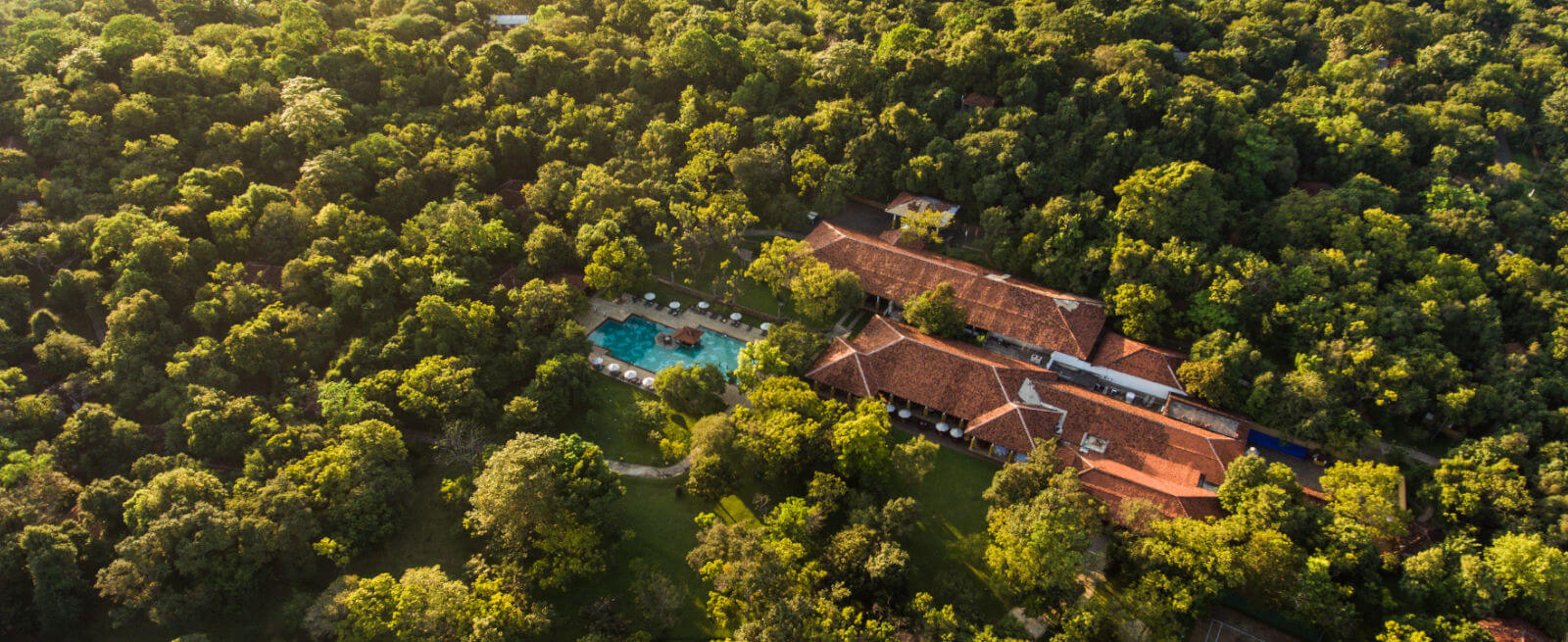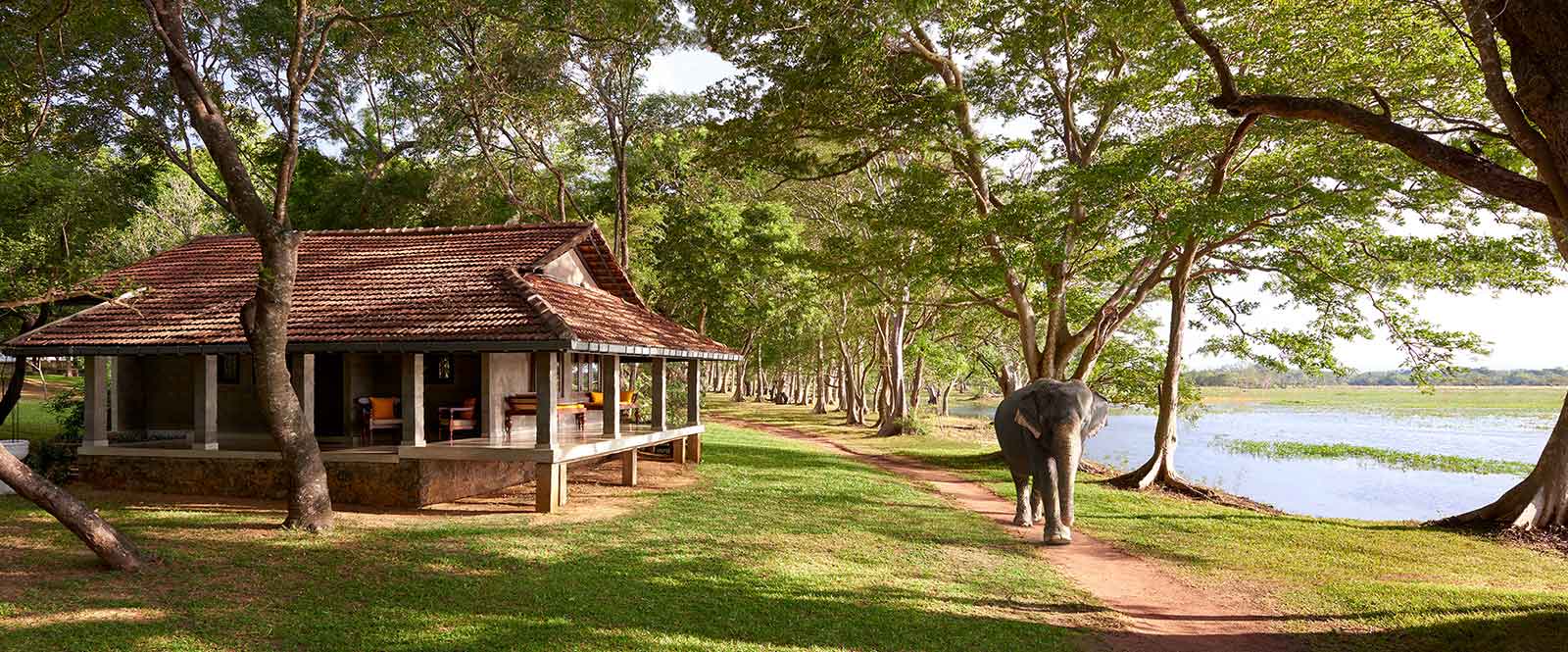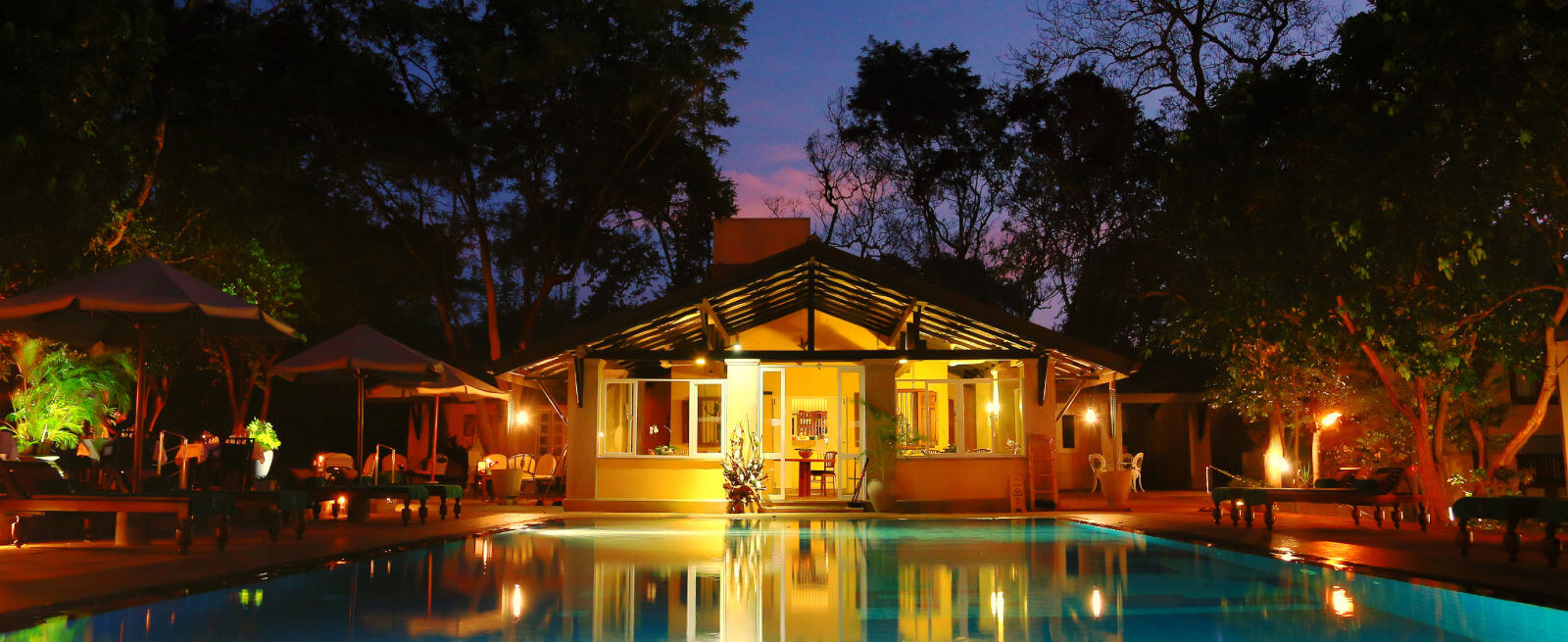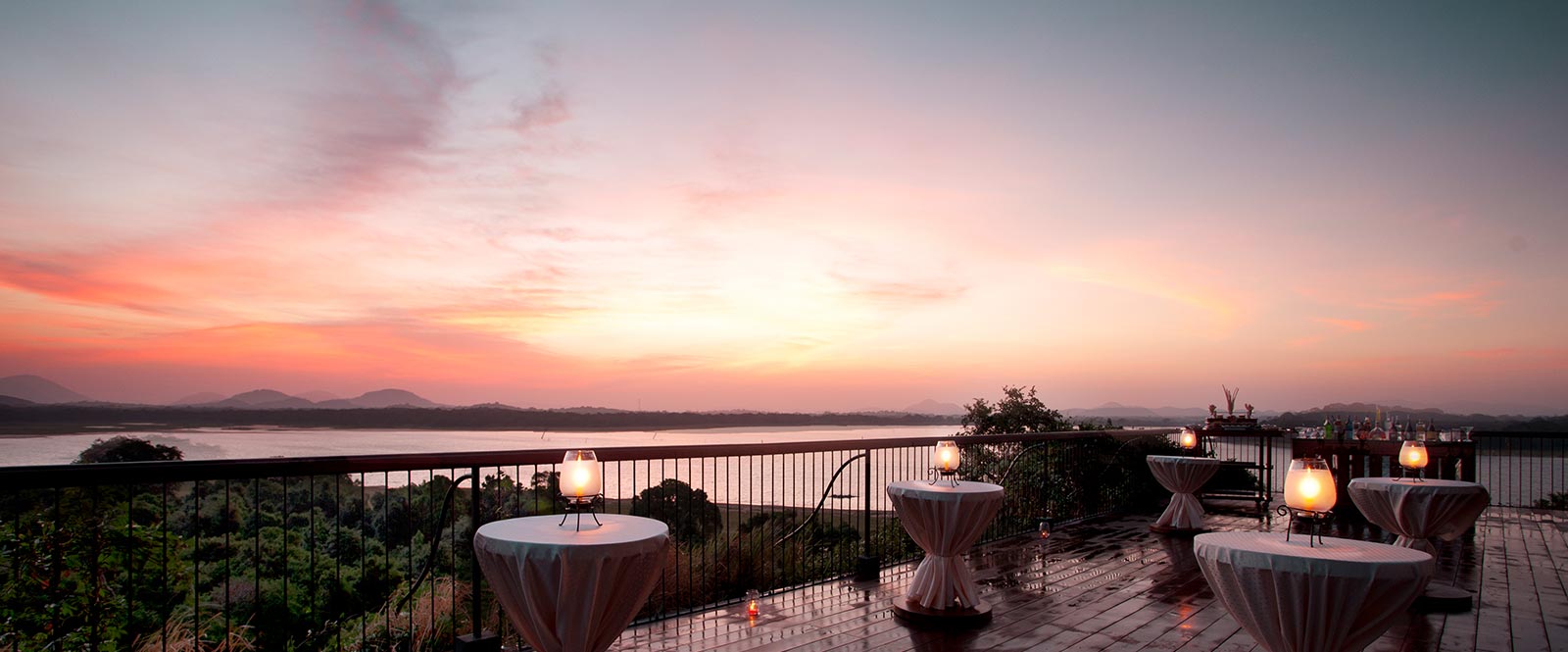One of the most intriguing sites in Sri Lanka, Sigiriya has been fascinating both the local and international travellers since inception. A fortress built on a massive rock, its cutting-edge design and hydraulic innovation has enabled it to reserve its right as a World Heritage Site.
Merging history, architecture and art, Sigiriya is a sensational excursion for the discerning traveller
The Water Gardens
Marvelling visitors, the water gardens provides for a scenic environment. The water provided to the pools in the gardens are supplied via underground conduits. It is said that King Kashyapa and his entourage frequently bathed here.
Frescoes
It is believed that the frescoes at Sigiriya insinuate the abundant life King Kashyapa. Employing a unique style, techniques regarding colour saturation utilised to illustrate the women, the frescoes has impressed art historians for years.
Entrance to Sigiriya
Identified as the terrace of the lion stair case, the entrance is complete with two carved large paws resembling that of a Lion. It is said that this symbolises that the name the Sigiriya is derived from the name Sinha-Giri or the Lion Rock.
The Mirror Wall
Polished to perfection, the Mirror Wall replicates an actual mirror. It had been made so that the king is said to have wished to see himself while walking along the wall. In addition, the mirror contains invaluable verses written on it centuries ago.
The Boulder Garden
Fortified with two enormous rocks, the boulder gardens are a part of the landscaped gardens of the Sigiriya. Constructed with caves whose antiquity is older than Sigiriya itself, the visually appealing the boulder garden is the accessible route to the audience hall.



